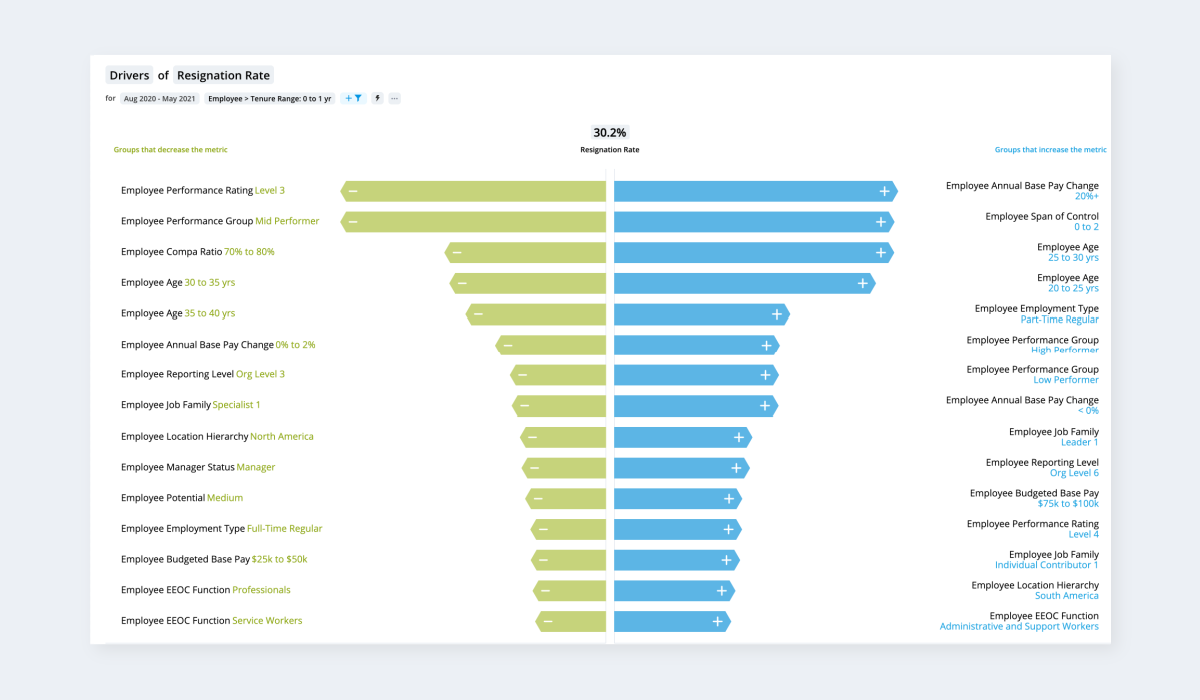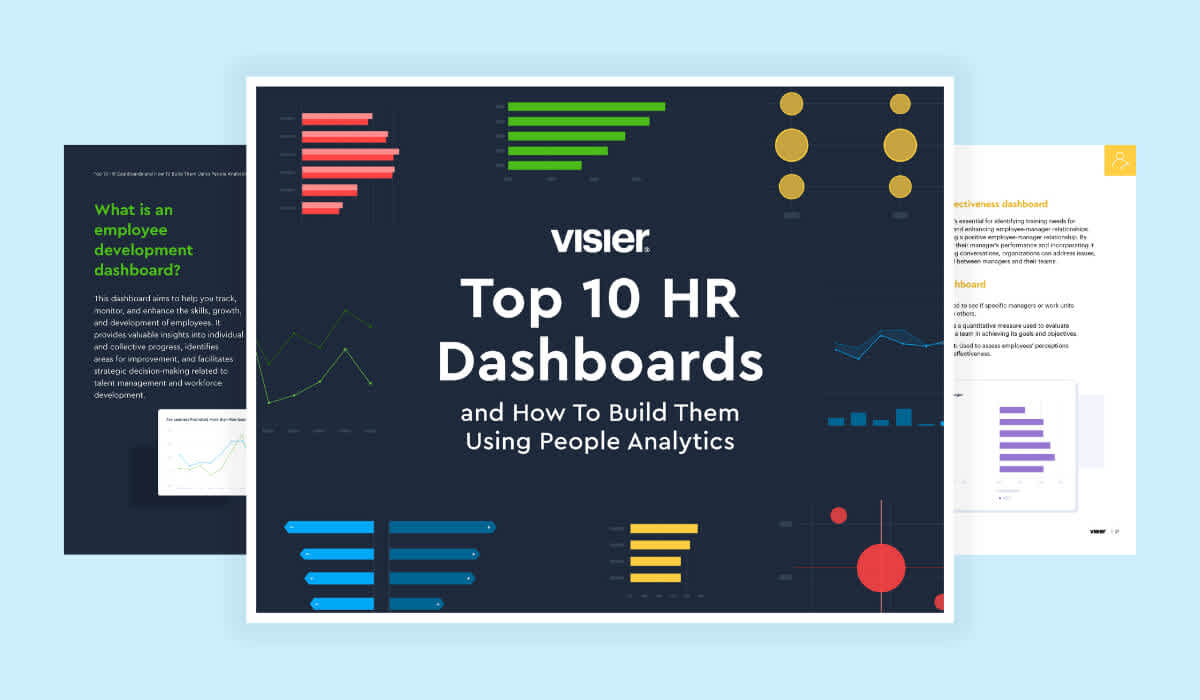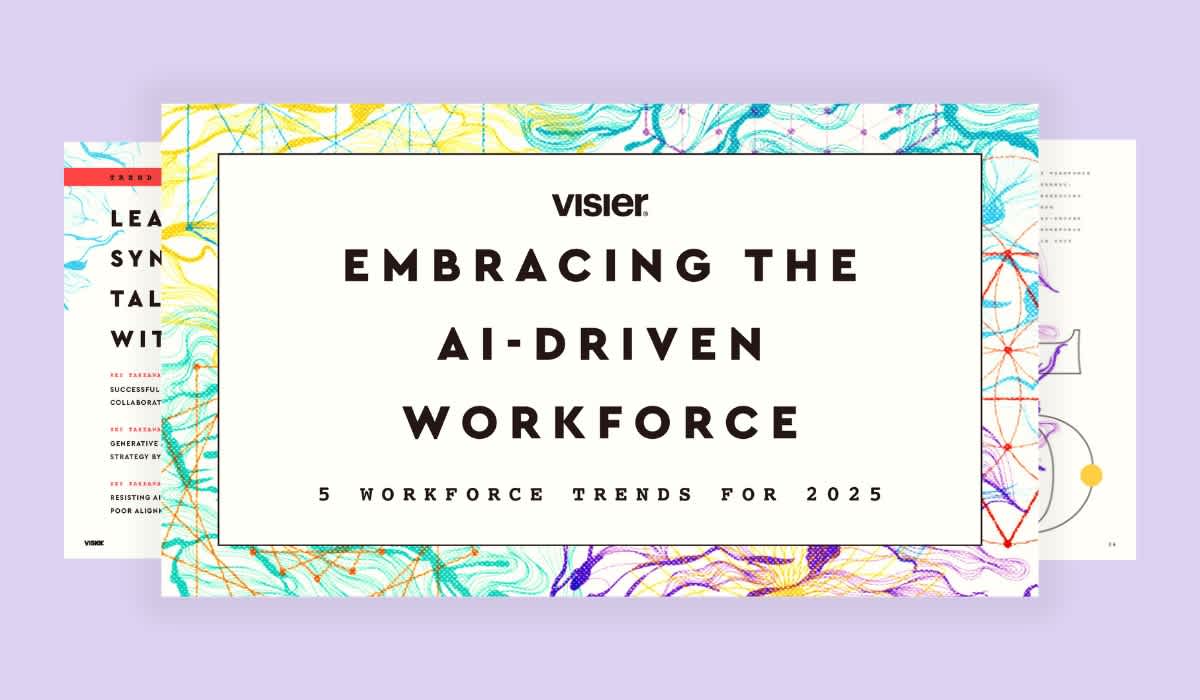Ask Visier: How Does New Hire Turnover Compare with Overall Turnover?
Not all causes of turnover are the same. Organizations wanting to get a handle on turnover need to be able to separate new hire and overall turnover data.

In today's tight labor market, many companies have been focusing on retaining their employees and understanding the causes of turnover. While there are many reasons for leaving a company, it’s important to distinguish between new hire turnover and overall turnover as we tackle these issues differently. We usually use “new hire turnover” to refer to employees leaving the company within their first year of employment.

This graph shows resignation drivers overall.
Why is it important to separate new hire and overall turnover?
All turnover is costly and might have an impact on team productivity. However, while overall turnover can happen for many reasons (such as lack of management support, lack of opportunities, low pay, or restructuring), new hire turnover is mostly related to the hiring and/or onboarding process. For example, there might be a discrepancy between the new hire’s expectations and the reality, or it may be the new hire is just not a good fit for the company culture. In the second case, the hiring process should be reviewed and improved.

This graph shows resignation drivers for new hires.
Why is it challenging to compare both kinds of turnover?
Without a people analytics solution, you might know you have a turnover issue but not realize it is specifically related to new hires. It will also be harder for you to pinpoint where the issue is: in a specific department, or in a particular job family.
If you want to take the next step and combine your turnover results with talent acquisition and survey data, you will need to gather information from multiple systems (applicant tracking, human capital management, employee experience or other systems) making the process complex and time consuming.
How can Visier help?
Visier helps you slice and dice the data in no time. You would start by establishing a baseline and pull the overall turnover rates for the company and also the main divisions. You can then break them down by whether the turnover was voluntary or involuntary. You can also find out if the turnover rate is decreasing or increasing over time, (ideally over a period of at least 18 months.)
From there, you could use the unique Visier data visualization called the drivers chart. This powerful chart helps you understand which groups are impacting the turnover rate and will save you time analyzing the data. You can keep exploring the results by drilling down and applying filters.
If you have identified a group with a high new hire turnover rate, you can keep investigating to find out exactly when this population is leaving during the first year. Is it right before the end of the probation period? Just after initial training? The issue might also be in a specific location, under a manager, in a particular job family. If you are tracking exit interviews’ survey results, the data will give you a good indication of potential issues. All this valuable information will help you start the conversation.

If you want to look at the bigger picture, Visier also unifies people data from different systems (such as applicant tracking, human capital management, and other systems) so you can analyze employee, talent acquisition, and survey results data in one place. For example, you could review your pool of candidates, easily identify which source of candidate provides the best quality of hire, or find out if there is any relationship between the onboarding survey results and turnover. You can uncover insights instead of spending most of your time locating, extracting, and cleaning the data.
Another way Visier can help is by helping you build a story to make the need for change more evident. Knowing which departments are most affected, being able to tell managers how much this turnover is costing them, and looking at the impact on the engagement score for the affected teams is key to changing behavior because it creates a sense of urgency. And after you’ve implemented strategies to help with retention, Visier also makes it easy to track the progress so you can see how your improvement efforts are succeeding.
People analytics is a journey towards better hires, better onboarding, and an employee experience that makes your top talent want to stay. Visier is an invaluable travel companion on this journey. By gathering together people data from all your sources, you can paint a picture of the employee journey at your company and get a better view of where there’s room for improvement.

Read more about new hire performance
How does employee turnover impact organizations? Follow these four steps to calculate how turnover impacts your organization’s bottom line.
How much are manager resignations costing your organization? Find out and discover the savings you can achieve using Visier People®.
Learn about the different types of turnover, what affects retention, and data-informed strategies for keeping top talent. Start learning.


